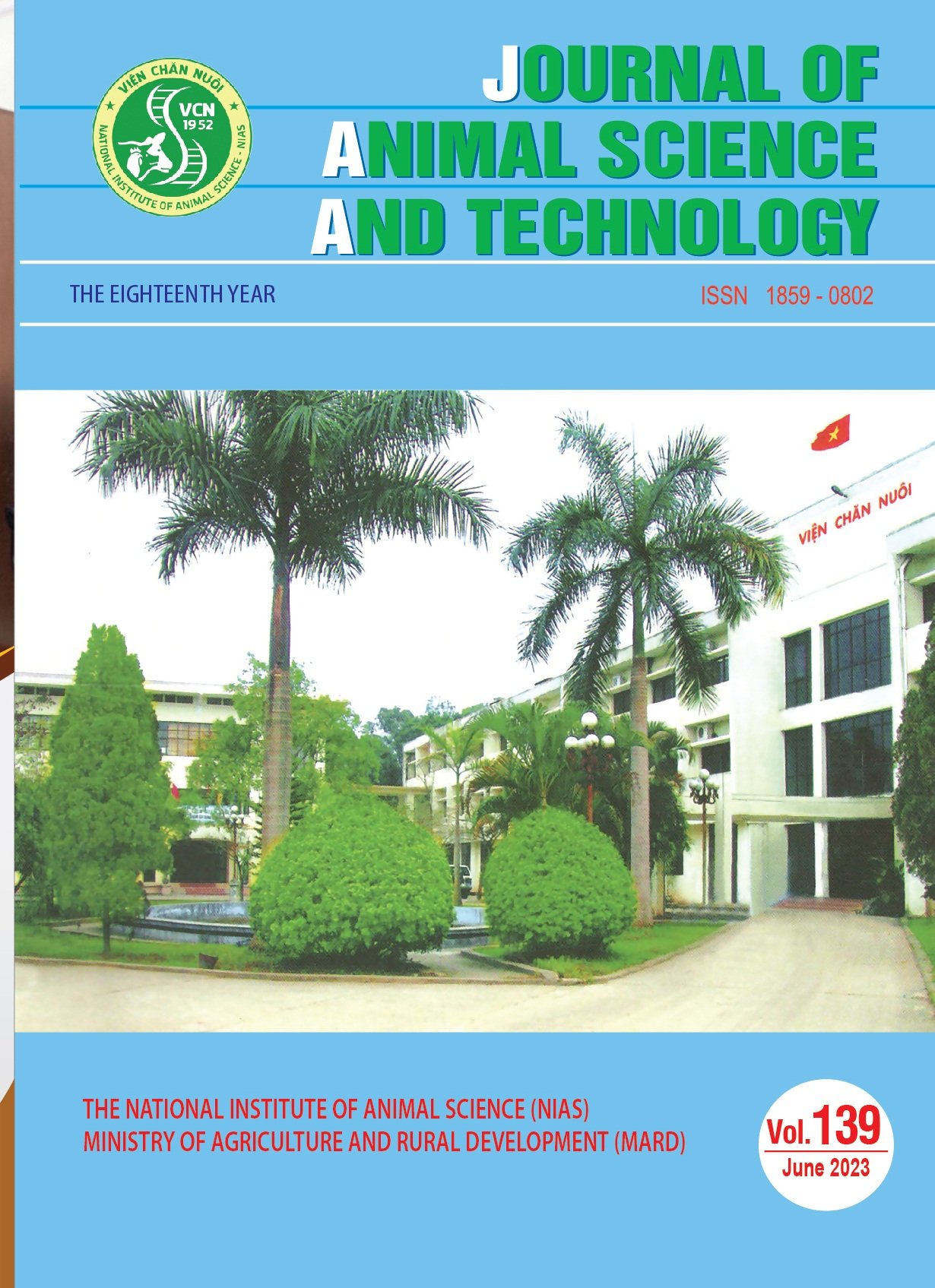Determination of optimal ratio for total digestible sulfur-containing amino acids to lysine in ross 308 broilers from 1 to 14 days of age
The objective of the study was to determine the effect of increasing the ratio of SID TSAA to Lys in broiler chicks diets for 1 to 14 d of age on growth performance, efficiency of Lys utilization, caloric efficiency and carcass characteristics. In this study, 400 day-old straight-run Ross 308 broiler chicks sourced from a commercial hatchery were randomly allotted into 5 treatmentsfollowing a Randomized Complete Block Design (RCBD). The treatments used were five ratios of standardized ileal digestible (SID)total sulfur-containing amino acids (TSAA) to Lysine (Lys) in diet of 0.62, 0.68, 0.74, 0.80 and 0.86. There were 8 replicates per treatment with 10 birds in each cage.Result showed that increasing SID TSAA to Lys ratio improved (quadratic, P<0.05) day 14 BW, BWG, ADG, and FCR. Broilers fed the diet containing SID TSAA to Lys ratio of 0.80 had greater (P<0.01) BW, BWG, and ADG compared with those fed diets containing SID TSAA to Lys ratio of 0.62 and 0.86. Increasing SID TSAA to Lys ratio in the diets did not affect (P> 0.05) livability. No (P>0.05) significant differences were observed in blood urea nitrogen (BUN) concentrations across varying levels of SID TSAA to Lys ratios. Overall (day 1 to 33), BWG and ADG tended (quadratic, P=0.06) to be increased with increasing SID TSAA to Lys ratio in diets fed from day 1 to 14 of age. There were no (P>0.05) differences in FCR, livability across the levels of SID TSAA to Lys ratios. Carcass characteristics at day 34 of age did not (P>0.05) differ among the treatments regardless of the SID TSAA to Lys ratio in the booster diet.

